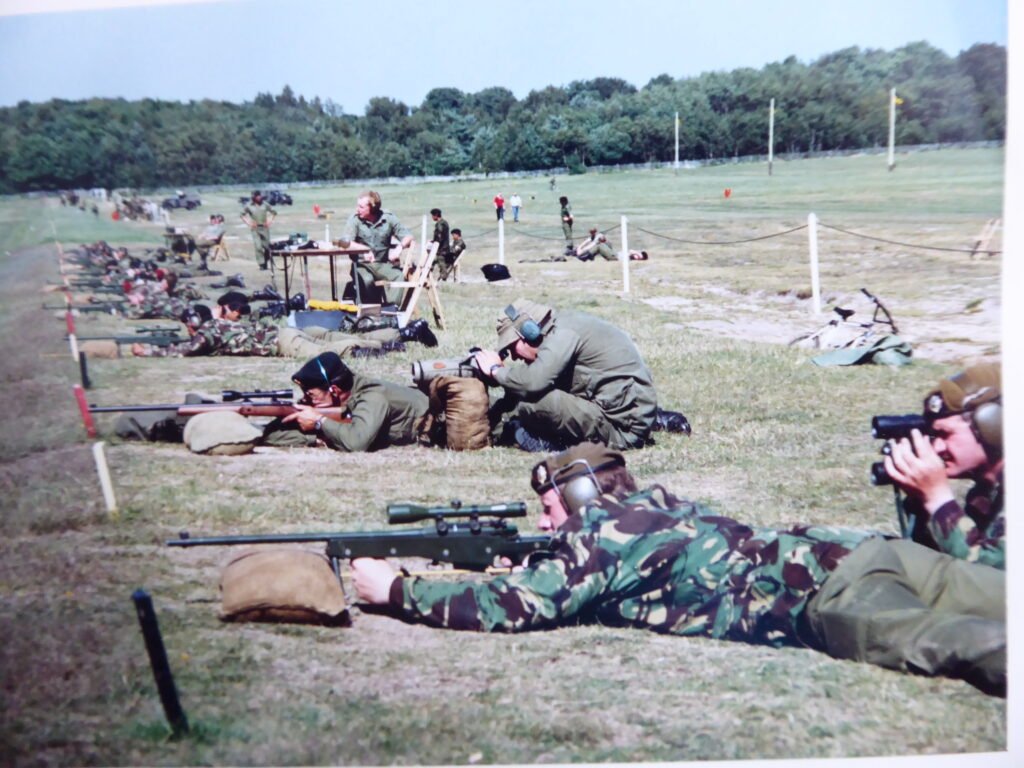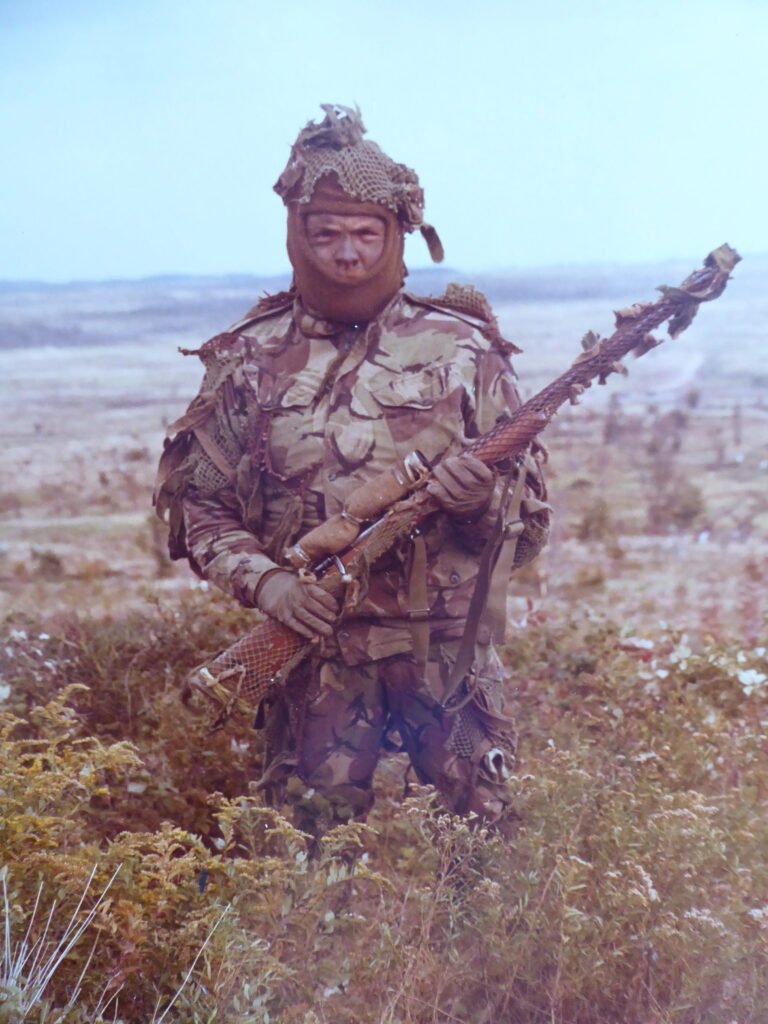“There is no one on the face of this earth that hated that C3 more than me. It was so wrong in so many ways…” – Keith Cunningham
Welcome to the first official blog of the Canadian Sniper Association. We recognized the need for a dedicated space to share the stories, experiences, and insights of snipers who have served in the Canadian Armed Forces.
On the CSA main page, we continue to honor the history of Canadian snipers for everyone to view. We’re also working on creating a “members-only” section to keep some content exclusive to our community. We want to introduce valuable info on new and emerging technologies, training methods, and gear that can benefit everyone. If you’ve used new equipment—whether it’s been a positive or negative experience—share it. If your feedback can help others avoid wasting money on garbage gear or offer a new training method that can improve effectiveness, that’s exactly what we need. This is how we grow and strengthen our community.
In this inaugural post, we have the honor of sharing memories from two veteran snipers from the late 70s and early 80s, Keith Cunningham and Dave Oakie. They share their raw thoughts on the roll-out of the C3 sniper rifle—its design, limitations, and their experiences with it. For most of us, the C3 was the first sniper rifle we handled, and my memories include trying to find magazines that would work with the action and figuring out if I had .2 or .4 mil dots in the Unertl scope. I did see a kid almost fail the shooting package because his rifle was shot-out. We switched his rifle out, and he passed right away. That would have been a waste. We’re looking forward to sharing more stories with you in the future.
Jay
Into the Fold
Dave Oakie
The first time I seen a Parker Hale target rifle (adopted as the C3 sniper rifle) was in 1974 when my rifle coach pulled a civilian version out of his rifle case to introduce us service rifle shooters to another form of shooting. That being .308, iron sighted target rifle, which was at that time popular with most Commonwealth countries. Bisley England being the Mecca for that sport.
From that time on I participated in both target rifle and service rifle up to 2019 where upon National matches ceased due to covid. In 1975 I had heard that Canada had adopted a Sniper Rifle after a trial’s session, that selection being a Parker Hale target rifle designated the C3. Having already shot target rifle for two years I was a little miffed at the selection as I had not seen another Parker Hale being used by target shooters on the line other than my coach (I have a feeling that he may have purchased a trials rifle, cheap, if that was at all possible or perhaps from the distributor). I was shooting an Australian Sportco which was the target rifle developed to take over for the .303 Enfield back in the 60’s. I was a budding marksman and took a key interest in such things and wondered why we didn’t copy something simple and proven, like from the Americans i.e. Remington. But Canada always has their own way of doing things, mostly with a wrench.
From the beginning problems prevailed with that rifle. As you can see, I am starting to get negative based on my usage and dealing with faults. Remember this is the first C3 not the modified one which came later. Firstly, it had a long action designed for .30-06 length rds. and an internal magazine which failed more times than not when chambering a shorter second round for follow up (how did that ever pass a test). It had two separate mounts of different sizes to fit the tiered Mauser receiver to hopefully support the rings and keep the scope level. The bedding job on most rifles I inspected were hastily done at the factory (we always replaced the bedding with rifle team rifles). The secondary sights being iron target sights were also low grade as most had play in the windage and elevation arms, which is disastrous for precision shooting. On a number of occasions, the scope failed to keep zero, probably due to the mounting system not being true. Many shooters blamed the scope but my own opinion was the mounting system and or bedding. The one good thing, we had a rifle for sniping, so being Canadian we do the best we can with what we have.
The next time I had a chance to use the rifle was at the first resurrected Sniper Match at CFSAC in 1978. I had just left the Airborne and was shooting for a Reserve team. We managed to borrow two C3s for that competition which was shot alongside the civilian target rifle group at their Nationals. Our targets were round bulls-eye type mounted on 4 ft or 6 ft frames depending on distances. This was a belly shoot, only we could use any support we wished i.e. sandbags, while the target crowd shot their rules, off the elbows with slings. This match was perfect to really test the fundamentals of the users and the capability of the rifle. You had lots of time to get that perfect shot away. We had around 30 competitors.
Being fairly well versed in target rifle already I made the decision to shoot the match with the iron backup sight instead of the optic for some of the reasons mentioned above. As well, since we were shooting known distance, it was easy to figure out elevations on the iron sight as lots of data was available for Nato ammo (Parker Hale wind graph). In my opinion it didn’t make much difference if you used the optic or iron sight as the aiming mark was a large black circle. I shot the match and had a rubber band or a boot lace wrapped around the windage arm to take the slack out. The end result was, I won the match and the Col Stone trophy (Col Stone was the Commander of Canadian troops in Korea). I was one of two shooters using iron sights. Having said that a number of shooters ended up having problems with their rifles, mostly scopes again. The real eye opener was the Brits, who shot the match for honours only. Sgt Lal Rana, shooting an L42A1 (No4 converted to 7.62) out shot me by a good margin. This match to me proved the limited capability of the C3 as it was designed. I often wondered, if the C3 was the latest off the British assembly line…. why were they not using it? Shades of that submarine deal come to mind. On a sad note, the civilians, many of them former military, could not believe our low scores. I think it wasn’t only the rifle that was suspect but some of the shooters not all that familiar with the equip. Two years later (1980) I was back in the Reg Army shooting for 2RCR and about to do my Sniper course. That’s another interesting story. Let me know if you want them. Cheers!






